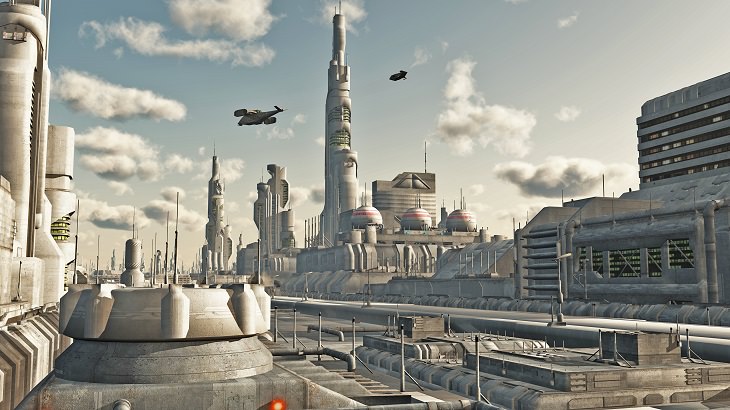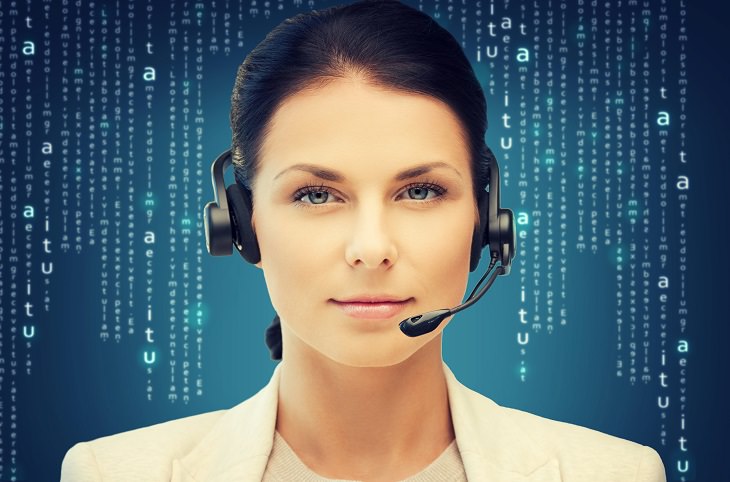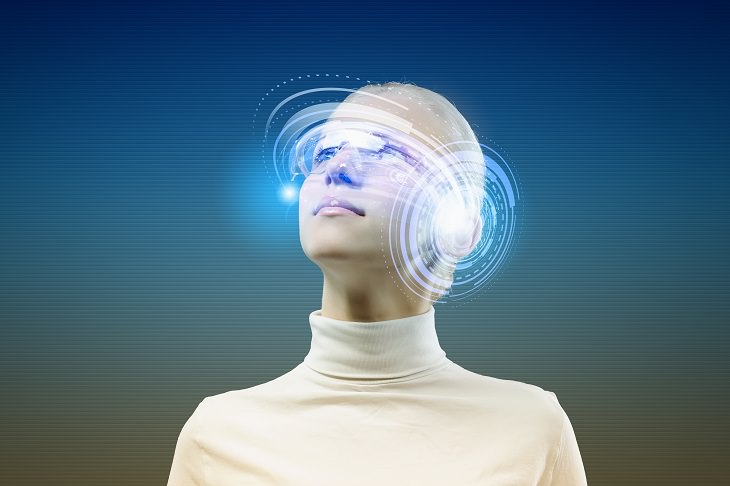

1. Smart Homes
Many household items can connect to the internet and provide data, but most smart home technology isn’t currently that advanced. A smart meter just lets people see how much energy they’re using, while a smart TV simply combines the television with internet access. Similarly, remote door locks, smart lighting, or smart heating controls allow for programming via a mobile device, simply moving the point of control from a wall panel to the palm of your hand.
However, technology is moving rapidly towards a point where it can use the data and connectivity to act on the user’s behalf. To make a real difference, technology needs to fade more into the background – just imagine a washing machine that recognizes what clothes you have stuck in it, and automatically selects the right program, or even informs you that you have stuck items in there that should not be washed together. Such technologies could work for the benefit of all.

While secretaries play a crucial role in businesses, they often spend large parts of the day completing trivial time-consuming tasks that could be automated.
For example, consider the organization of a simple business meeting – you have to find the right people to take part and then try to find a time when they are all free. This is no mean feat. Tools such as Doodle, which compare people's availability to find the best meeting time, are helpful. However, they ultimately rely on those involved actively participating. In other words, these tools only become useful once the right people have already been identified.
By using context information (charts of organizations, location awareness from mobile devices and calendars), identifying the right people and the right time for a meeting became a technical optimization problem that was explored by the EU-funded inContext project ten years ago.
Back then, technology for gathering context information was far less advanced – smart phones were still rare, and data mining and processing was not where it is today. However, over the coming years, we could start to see machines doing far more when it comes to the day-to-day planning in businesses.
Indeed, the job of virtual assistants may go beyond scheduling meetings and organizing diaries – they may help project managers assemble the right team and allocate them to the right tasks, so that every job is carried out efficiently.
3. AI Doctors
We are living in exciting times, with advancements in medicine and AI technology shaping the future of healthcare delivery around the world. But how would you feel about receiving a diagnosis from AI?
Babylon Health, a private company, is already running a trial with five London boroughs which encourages consultations with a chatbot (chat robot) for non-emergency calls. This AI was trained using huge amounts of patient data in order to advise users to go to the emergency department of a hospital, visit the pharmacy, or stay at home. The company claims that they will soon be able to develop a system that could potentially outperform doctors and nurses in making diagnoses.
In countries where there is a shortage in medical staff, this could significantly improve health provision, enabling doctors to concentrate on providing treatment rather than spending too much time on trying to make a diagnosis.

Will we have robots answering the door in future? For the majority of us, it’s probably not that useful having a robot answering the door, but imagine how helpful a robot receptionist could be in places where there is a shortage of staff – in care homes, for example.
Robots equipped with AI such as a voice and face recognition could interact with visitors to check who they’re visiting, and whether they’re actually allowed access to the care home. After verifying this, robots with routing algorithms could guide the visitors towards the person they’re visiting. This could enable staff to spend more quality time with the elderly, improving their standard of living.
5. Flying Warehouses and Self-Driving Cars
Arguably, self-driving cars are one of the most astonishing technologies currently being developed. Despite the fact that they can make mistakes, they may actually be safer than human drivers. This is because they can use a wide range of sensors to gather data about the world, including 360-degree views around the vehicle. Furthermore, they could potentially communicate with each other to avoid traffic jams and accidents.
More than being an asset to the public, self-driving cars are likely to become particularly useful for delivery companies, allowing them to save costs and make faster deliveries. It’s believed that the first fully autonomous car could become available as early as the next decade.
The advances in this area probably won’t stop at self-driving cars. In fact, amazon have recently filed a patent for flying warehouses which could visit places where the demand for certain products is expected to boom. The flying warehouses would then send out autonomous drones to make deliveries.
Source: futurism
Images: depositphotos